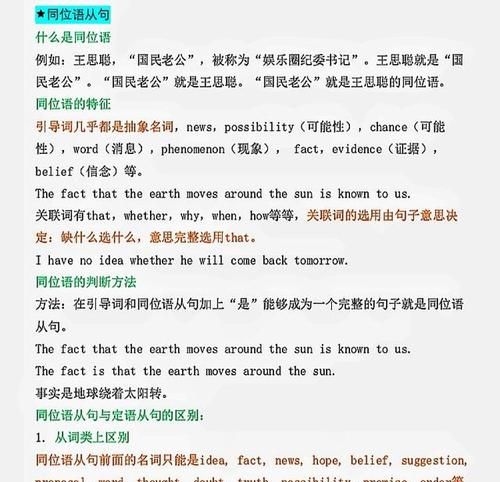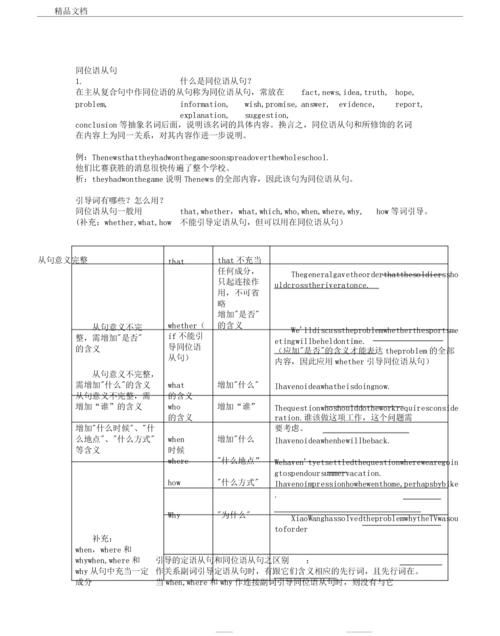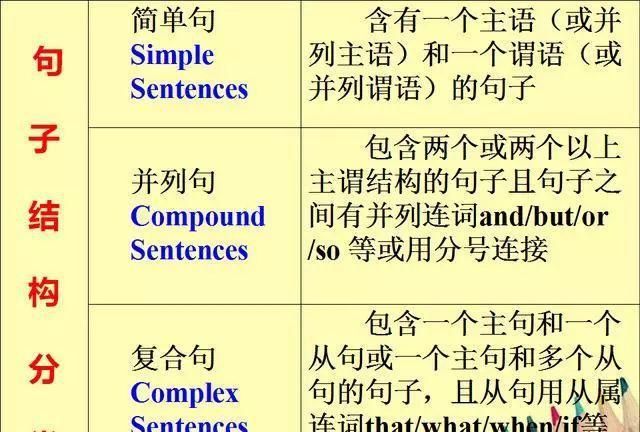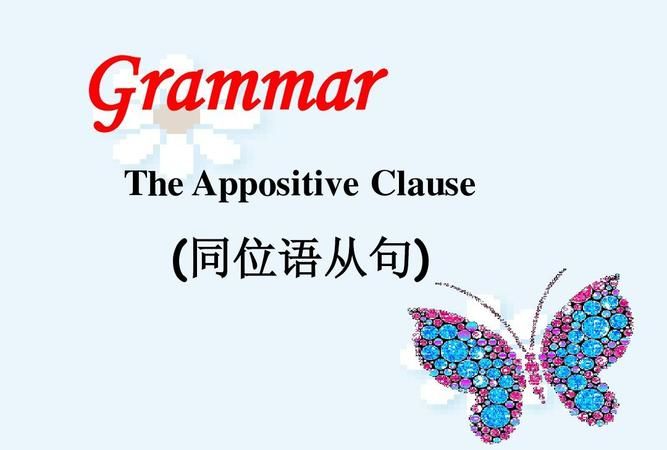本文目录
什么叫同位语从句
同位语从句,指的是在复合句中充当同位语的从句,属于名词性从句的范畴,同位语从句用来对其前面的抽象名词进行解释说明,被解释说明的词和同位语在逻辑上是主表关系(即被解释说明的词=同位语)
同位语从句即重复说明同一个称谓或事件的从句。
e.g.The girls were surprised at the fact that ocean ships can sail up the Great lakes.
巨大的海轮可以开到五大湖,让表姐妹俩感到吃惊。
固定用法
同位语部分是个句子,就是同位语从句,这种用法比较"固定"
一、在复合句中用作同位语的从句叫同位语从句。它一般跟在某些名词后面,用以说明该名词表示的具体内容。
e.g.I heard the news that our team had won.
我听到了我们队获胜的消息。
二、可以跟同位语从句的名词通常有news,idea,fact,promise,question,doubt,thought,hope,message,suggestion,word(消息),possibility,decision等(一般的“抽象”名词都可用)。
e.g.I’ve come from Mr. Wang with a message that he won’t be able to see you this afternoon.
我从王先生那里来,他让我告诉你他今天下午不能来看你了。
三、英语中引导同位语从句的词通常有连词that,whether,连接代词what,who。连接副词how,when,where等。(注:if不能引导同位语从句。)
e.g.He must answer the question whether he agrees with it or not.
他必须回答他是否同意这样一个问题。
四、有时同位语从句可以不紧跟在说明的名词后面,这是因为英语中的尾重原则(即不允许“头重脚轻”的现象存在)
e.g.The news is surprising that David hit Boots,his c

同位语从句常见的抽象名词
后面常跟同位语从句的抽象名词有:
age,beauty,childhood,capacity,work。
同位语从句和定语从句的问题
如果说同位语从句中先行词一定得是抽象名词,那么:
She asked the reason why there was a delay.她问之所以发生延误
的原因.(疑问词why引导同位语从句,why从句亦可看作是一定语从句)
这样的话可以说由关系副词why引导的从句同时可以看作是同位语从句
和定语从句了.
关系副词还有when,此外,since,before,after也可用作表时间的关
系副词.这样看来,以上这些词都能同时被看作是同位语从句和定语从
句了.
以上举例不是我自己编的,全部来自薄冰高级英语语法.
请勿复制,

后常跟同位语从句的名词有哪些
常跟同位语从句的名词是抽象名词,记住是抽象名词。例:I got news just now that we are going to have an exam next Friday. news(确切之意)=that + 句子(全句之意)。又例:The teacher gave us some advice that we need practice speaking with classmates everywhere, such as in class, in the dining hall, on the playground, on the way to the classroom or back to the dormitory. advice=that + the whole sentence. Are you clear?

常接同位语从句的名词
后跟同位语从句的名词主要有fact事实,news消息,新闻,promise承诺,decision决定,idea主意,truth事实advice建议,proposition提议和recommendation推荐等等

以上就是关于常跟同位语从句的抽象名词 ,什么叫同位语从句的全部内容,以及常跟同位语从句的抽象名词 的相关内容,希望能够帮到您。
